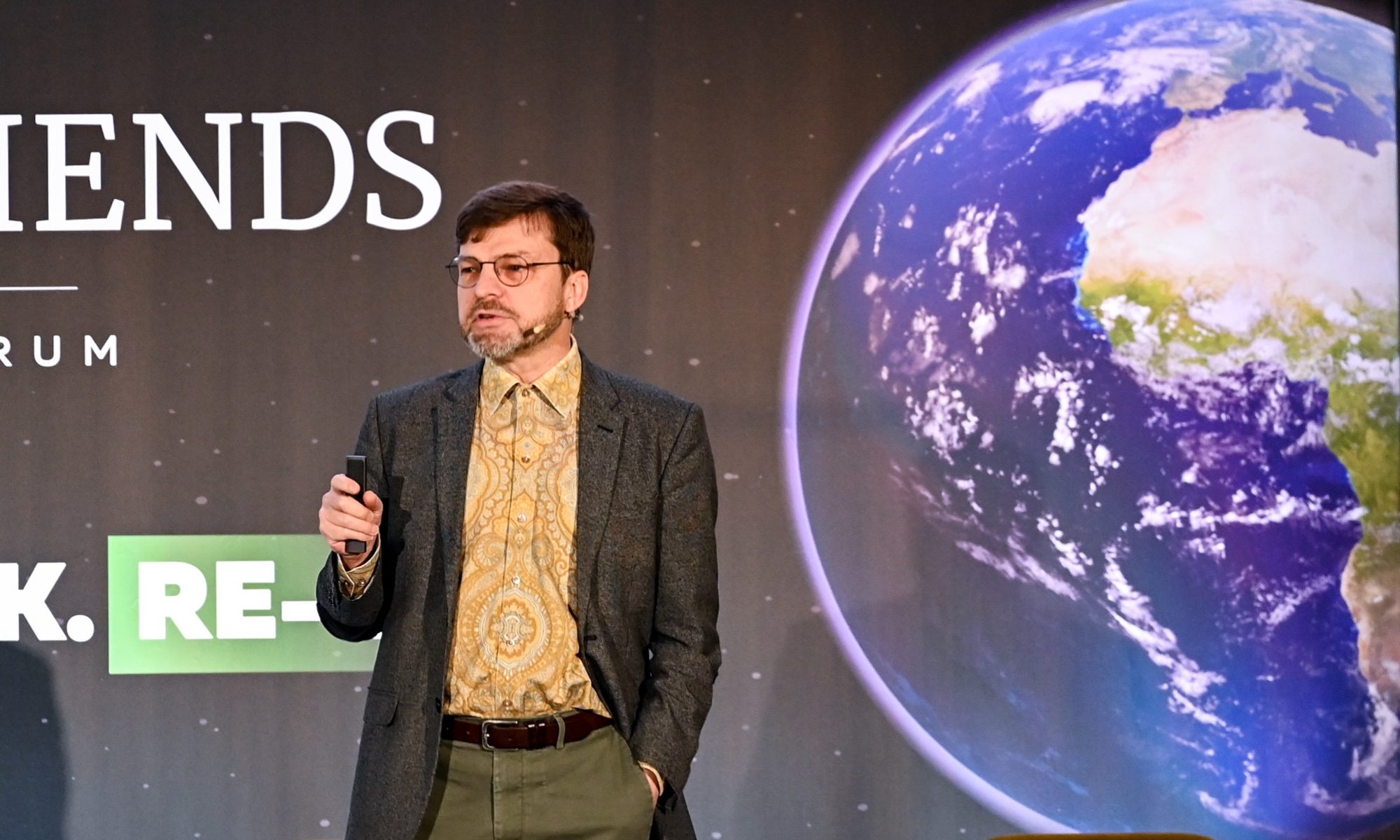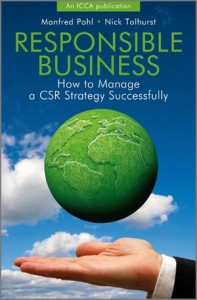29 March 2010
My first emotion, on stepping out into the baking heat of Kuala Lumpur (KL), was relief. I was back in a developing country (albeit a fairly prosperous one), with all that implies. For me, it is like the difference between classical music (Europe, or Singapore), pop (USA) and jazz (the Third World). I like all three styles, but jazz countries are where I feel most relaxed, most soulful.
I am staying at Tune Hotel, downtown KL. This is part of the low cost airline group, Air Asia, and in some ways it shows. Any luxuries (like a bathroom towel, toiletries, air conditioning and wireless) cost extra. Also (a new first for me) there are billboard adverts inside the room: McDonald’s above the bed and Maggie (noodles) in the bathroom. However, it is clean and rather spacious (even a separate toilet and shower!).
My first week here has been more work than play – what with my Indian visa application, La Trobe University assignments and exams to mark, a Journal of Business Ethics paper to review and a backlog of Cambridge interviews to analyse, not to mention preparing for tomorrow’s Future of CSR workshop. The Starbucks across the road has become my virtual office (caffeine + aircon + free wireless internet = happiness in KL :).
I have had a few excursions beyond the hotel and “office”. On Monday, Nabil Muruga (my host) treated me to a Malaysian-Indian style lunch (deliciously spicy) and on Thursday Sanjukta Choudhury Kaul took me out for an “uptown” dinner. She is an amazing person. Despite losing most of her hearing during pregnancy, she is full of energy for life, and is now working on a PhD on CSR and disabilities.
I had a chance to meet and interview Puvan, Chief Sustainability Officer at Sime Darby (I had met him briefly at the EU conference in Singapore). With the Greenpeace Nestle/Kit-Kat story having just hit the headlines, and with Sime Darby supplying nearly 10% of the world’s palm oil, it was an interesting time to speak with him. I also met and interviewed Tan Lin Lah, Executive Director of the UN Global Compact for Malaysia, and had a drink with some of the members.
Saturday was a tourist day, so I headed for the Petronas Twin Towers (88 storeys and still the highest building duo in the world), walked around the park (discovered a beautiful whale sculpture), then got on the hop-on-hop-off tourist bus. The panoramic view 250 metres up, from the KL Tower viewing deck, reveals extensive green space among the gleaming spires and sprawling asphalt. On the tour, I heard about Malaysia’s long trading history in tin, rubber and now palm oil.
Over the weekend, I watched two movies – the quirky Chinese film, Just Another Pandora’s Box, and the melodrama, Remember Me. With no TV in the hotel, perhaps I am suffering from audiovisual deprivation :). I also discovered Malaysia’s love (or is it obsession?) with shopping. Ten storey shopping malls are the new cathedrals to modernisation, and this gorging consumerism seems to have most of Asia in its grip. Perhaps an inevitable consequence of rapid economic development and Westernisation. And who are we to judge?
Today, I did a 30 minute radio intervciew with the gorgeous Freda Liu on BFM (The Business Station) and tomorrow I run the workshop. I hope my voice holds out. I’m still battling a throat infection. I’m sure the fluctuations of hot weather and cold aircon haven’t helped. With the Heat Index (comining temperature and humidity) reaching into the 40s (Celsius) some days, and night temperatures of around 25 degrees, aircon buildings serve as a welcome respite. The afternoon tropical storms with lashings of rain are also a glorious relief, recharging all the heat-doped senses.












